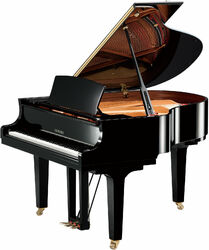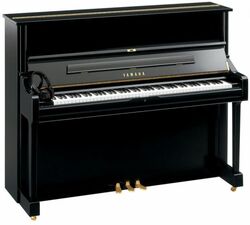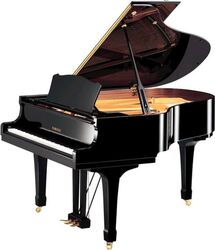Cart
Concert Piano
Voir les marques
Filters
Filter
13
Results :
Products per page
Sort
Brands in the category : Concert Piano
See more















